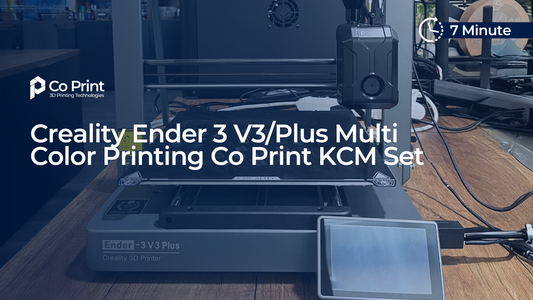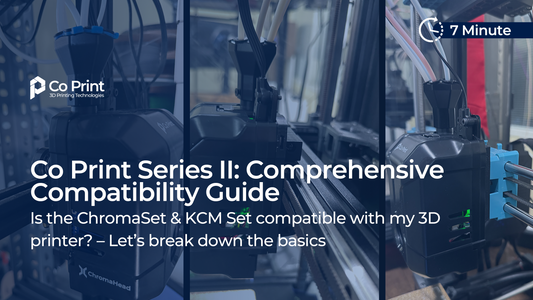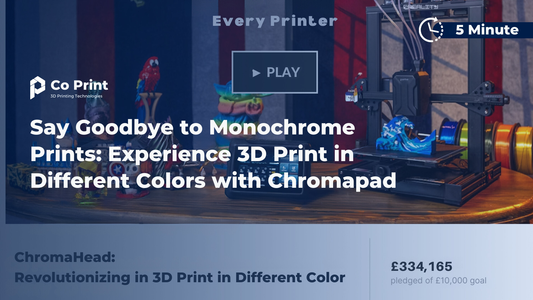3D printing is a boundary-pushing technology that produces objects by creating layer by layer from digital files.
By revolutionizing design and production, it opens a whole new world in both personal and professional areas.
In this article, we provide a comprehensive review of what you can do with 3D printing, enriching each item with examples, tips and additional information:
-
Personalized Jewelry and Accessories:
Examples:
-
Personalized necklaces with names, earrings with complex geometry, and rings designed with fingerprints.
-
Pendants designed in 3D modeling programs and contain letters, symbols, or special meanings.
-
Bracelets, wristbands and buckles made in different colors and materials (metal, plastic, resin).
Tips:
-
Experiment with different colors and materials, use transparent, fluorescent or glittery materials.
-
Create original designs in 3D modeling programs, and download or modify ready-made models from online platforms.
-
Add color, texture and shine to the jewelry with post-printing processes and decorate with stones, beads and other accessories.
Additional Information:
-
3D printing allows for more unique and complex designs compared to traditional jewelry-making techniques.
-
Personalized designs offer ideal gifts for special occasions.
-
3D printing results in less material waste in jewelry production.
-
Functional Household Items:
Examples:
-
Phone holder, toothbrush stand, cable organizer, customized keychains.
-
Kitchenware, coasters and plates with personalized names or monograms.
-
Decorative and functional objects include wall-mounted shelves, soap dishes and candle holders.
Tips:
-
Choose designs that suit the style and needs of your home, and design products in minimalist, modern or vintage styles.
-
Use durable and useful materials, explore different types of plastics and resins such as PLA, ABS, PETG.
-
Add color and texture to objects with post-printing processes, using painting, varnishing and sanding techniques.
Additional Information:
-
3D printing allows you to produce household items more cheaply and easily.
-
Personalized products add originality to your home decoration.
-
3D printing allows for easy replacement of broken or lost household items.
-
Educational Models and Toys:
Examples:
-
Body organ models, solar system models, robotics kits, interactive puzzle pieces.
-
3D models of historical figures and animals, geographical models and maps.
-
Fun and educational games, characters, puzzles and puppets.
Tips:
-
Make the models more interesting by coloring them and adding textures, using painting, airbrush and 3D pens.
-
Increase the fun by using moving parts in toys, and adding mechanical parts such as joints, gears and pulleys.
-
Use safe and non-toxic materials and choose child-friendly designs and colors.
Additional Information:
-
3D printing provides visual and interactive learning experiences in education.
-
It makes complex concepts easier to understand and makes learning fun.
-
3D printing can be used to produce learning materials tailored to children with special educational needs.
-
Prototypes and Product Design:
Examples:
-
Prototype of a new kitchen appliance, design of a robotic arm, a customized drone body.
-
Prototypes produced in different materials and colors are for functional tests and aesthetic evaluations.
-
Prototypes of products containing complex and modular parts to optimize assembly and production processes.
Tips:
-
Test prototypes with different materials and evaluate them for durability, flexibility and functionality.
-
Use modular parts and consider joining and connecting elements so you can easily make changes to the design.
-
Optimize and debug design by developing prototypes with 3D scanning and modeling.
Additional Information:
-
3D printing speeds up the prototyping process and reduces costs.
-
It helps to embody and test the ideas of designers and engineers.
-
3D printing enables the production of detailed and functional prototypes of products before they are introduced to the market.
-
Prosthetic and Orthotic Devices:
Examples:
-
Personalized prosthetic arms and legs, foot orthoses, and wrist supports.
-
Aesthetically and functionally optimized prostheses are designed in accordance with the patient's anatomy and needs.
-
Orthoses made of light and durable materials increase the patient's mobility and comfort.
Tips:
-
Collaborate with medical experts, and take into account the patient's detailed measurements and medical history.
-
Use durable and flexible materials, and choose medically approved and biocompatible filaments.
-
Create ergonomic designs to make prosthetics and orthoses comfortable and useful.
Additional Information:
-
3D printing enables the customization and cost reduction of prosthetics and orthoses.
-
It significantly improves patients' quality of life and comfort.
-
3D printing makes producing more complex and functional devices possible compared to traditional prostheses and orthoses.
-
Architectural Models and Sculptures:
Examples:
-
Miniatures of historical buildings, sculptures with complex geometry, and detailed city planning models.
-
Models produced in different colors and materials are ideal for visualization and presentations.
-
Large-sized and uniquely designed sculptures offer opportunities for artistic expression and creative freedom.
Tips:
-
Create precise designs using CAD programs and learn 3D modeling techniques and tools.
-
Get different textures using different 3D printing techniques and experiment with materials such as resin, plaster and metal.
-
Complete models with finishing techniques, using painting, polishing and lighting.
Additional Information:
-
3D printing makes architectural models and sculptures more detailed and realistic.
-
Robotics and Drone Parts:
Examples:
Tips:
Additional Information:
-
Medical Models and Implants:
Examples:
Tips:
Additional Information:
-
Fashion Accessories and Wearable Technologies:
Examples:
Tips:
Additional Information:
-
Food and Culinary Arts:
Examples:
Tips:
Additional Information:
In conclusion, 3D printing is a technology with unlimited potential and new applications every day. By using your creativity, you can take advantage of the opportunities offered by 3D printing and turn your dream objects into reality.














